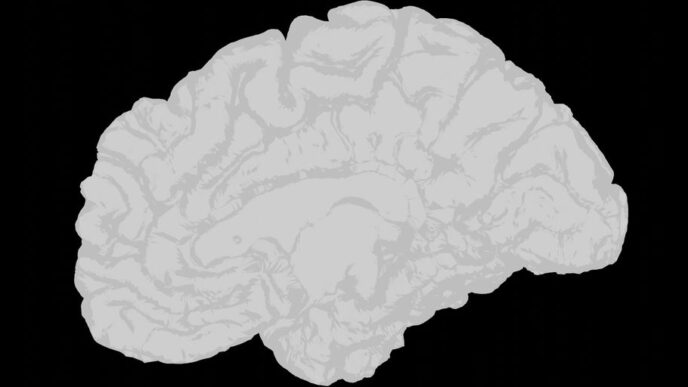Something remarkable is happening in Washington. Tech executives who once shunned the political spotlight now make regular pilgrimages to Capitol Hill, and artificial intelligence — a field that traces back to the 1950s — has become the talk of the town.
The reason? AI is no longer a niche field pursued by academics and Silicon Valley scientists. It’s reshaping our economy, redefining global power dynamics, and consuming an ever-increasing share of our energy grid.
Key Takeaways
- AI’s energy consumption is projected to triple, raising concerns about sustainability.
- The incoming administration plans to lift restrictions on energy production to meet AI demands.
- Export controls on AI technology to China are expected to tighten further.
- The balance between innovation and regulation will be crucial for future AI development.
While no politician has ever won or lost an election on AI policy alone, the incoming administration’s decisions will echo through decades of the American economy and global competition.
Take the energy problem. As President-elect Donald Trump put it in his August 2024 interview with Elon Musk, “You’re gonna need tremendous electricity, like almost double what we produce now for the whole country.” AI’s appetite for electricity is staggering — it’s already gobbling up 2% of America’s power supply, and that thirst could triple before the decade is out. Trump’s solution is bold: open the doors to energy production by lifting the ban on offshore drilling and green-lighting major energy projects. His plan would reverse President Joe Biden’s policy and unlock an estimated 625 million acres of offshore reserves worth $50-60 trillion. Utilities are already responding by keeping coal plants open longer and doubling down on natural gas to meet demand.
The Biden administration has touted AI as a solution to America’s energy problem. Will Trump’s policy push AI to the problem side? It’s a puzzle the incoming administration can’t afford to ignore, especially as AI creates an ironic twist — helping us optimize energy use while demanding more power than ever. Tech firms are already abandoning their environmental goals, caught between surging AI-driven demand and the pressure to keep the lights on.
The energy challenge is just one piece of a larger chess game. For years, Washington has worked to keep advanced technology out of Beijing’s hands through export controls on crucial components like semiconductors. The next administration looks set to tighten these restrictions further, targeting loopholes that let Chinese firms tap into U.S. cloud services for AI development. This could prove particularly complex given figures like Elon Musk, who straddle both worlds with significant business interests in China.
Yet the global AI landscape isn’t as simple as the U.S. vs. China. When Dubai’s Hussain Sajwani stood next to Trump and pledged $20 billion to build data centers on American soil, it raised thorny questions about foreign investment in critical infrastructure. Who really controls these AI capabilities if foreign capital is building the foundation? For an administration focused on American dominance, these aren’t academic questions.
On the home front, the push for deregulation could supercharge AI innovation. Cutting red tape for approvals and supporting startups could spark fierce competition and faster breakthroughs. But there’s a catch. Trump and Musk’s shared critique of “woke AI” signals a shift toward focusing on risks and national security. However, this “anti-woke” stance could also become a constraint of its own, limiting AI’s potential and progress.
Smart partnerships remain critical. Take Canada, with its abundant hydroelectricity and growing nuclear capacity. Our northern neighbor already supplies more than 50 TWh of electricity to the U.S., earning a record $5.8 billion in 2022. They’re also investing heavily in small modular reactors that could help power America’s AI ambitions sustainably. But recent political tensions threaten this vital relationship.
Each path forward involves tough trade-offs. Boosting energy production could accelerate AI development, but at what environmental cost? Tighter export controls could slow China’s progress, but could fracture global cooperation on AI governance. Deregulation could accelerate innovation but leave dangerous blind spots. While international partnerships offer diplomatic finesse, they are increasingly met with skepticism about the outcomes of global cooperation.
The incoming administration’s approach to AI will reveal more than policy preferences — it will show whether America can still approach global challenges with wisdom and foresight. Will we find the sweet spot between growth and sustainability, innovation and accountability, competition and collaboration? Or will we chase quick wins at the expense of long-term stability?
AI transcends ongoing politics. As Washington prepares for this transition, the stakes couldn’t be higher. AI is not just another policy issue; it’s a force that will define our era. True leadership means more than winning the AI race — it means doing so in a way that reflects our most cherished values.














